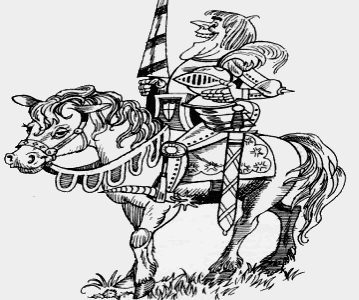This week, I wanted to give a shout out to a work that is both one of greatest fantasy novels AND one of greatest young adult novels, Ursula K. LeGuin's "A Wizard of Earthsea."
The first entry in the Earthsea Cycle, "A Wizard of Earthsea" is the origin story of Ged, the titular character and perhaps the greatest magician of all time in Earthsea. However, this tale is set long before he becomes dragonlord and Archmage and the reader follows Ged, also known as Sparrowhawk, from simple village child through his training at wizard school on the island of Roke up to his stunning victory against a fearsome creature of undeath.
What starts off as a coming of age story turns into an epic quest that spans a good chunk of this brilliantly realized and wonderfully original fantasy world that reflects the author's clear love of history and anthropology. Just her innovative system of magic is a great achievement in and of itself. Indeed, LeGuin pulls off a scale of world building that many consider rivals Tolkien's Middle Earth and Herbert's Dune. Except she does it in a mere novella!
However, although LeGuin does a marvelous job of creating a rich background and history to Earthsea, what's even more impressive is that she tells a fundamentally human tale of ambition, pride, childish foibles, courage and maturity. It is easy for a reader to see a bit of themselves in both Ged's missteps and triumphs.
Although widely regarded as a classic of young-adult literature, LeGuin writes with a sophistication that challenges anyone and infuses the text with poetic wit and sensibility. For example:
Here the author herself reads from part of the book and discusses a bit of the impetus behind it (forward to 10:55 in the video):
We shall not speak of the horrific Sci Fi channel adaptation.
The first entry in the Earthsea Cycle, "A Wizard of Earthsea" is the origin story of Ged, the titular character and perhaps the greatest magician of all time in Earthsea. However, this tale is set long before he becomes dragonlord and Archmage and the reader follows Ged, also known as Sparrowhawk, from simple village child through his training at wizard school on the island of Roke up to his stunning victory against a fearsome creature of undeath.
What starts off as a coming of age story turns into an epic quest that spans a good chunk of this brilliantly realized and wonderfully original fantasy world that reflects the author's clear love of history and anthropology. Just her innovative system of magic is a great achievement in and of itself. Indeed, LeGuin pulls off a scale of world building that many consider rivals Tolkien's Middle Earth and Herbert's Dune. Except she does it in a mere novella!
However, although LeGuin does a marvelous job of creating a rich background and history to Earthsea, what's even more impressive is that she tells a fundamentally human tale of ambition, pride, childish foibles, courage and maturity. It is easy for a reader to see a bit of themselves in both Ged's missteps and triumphs.
Although widely regarded as a classic of young-adult literature, LeGuin writes with a sophistication that challenges anyone and infuses the text with poetic wit and sensibility. For example:
“It is no secret. All power is one in source and end, I think. Years and distances, stars and candles, water and wind and wizardry, the craft in a man's hand and the wisdom in a tree's root: they all arise together. My name, and yours, and the true name of the sun, or a spring of water, or an unborn child, all are syllables of the great word that is very slowly spoken by the shining of the stars. There is no other power. No other name.”



















